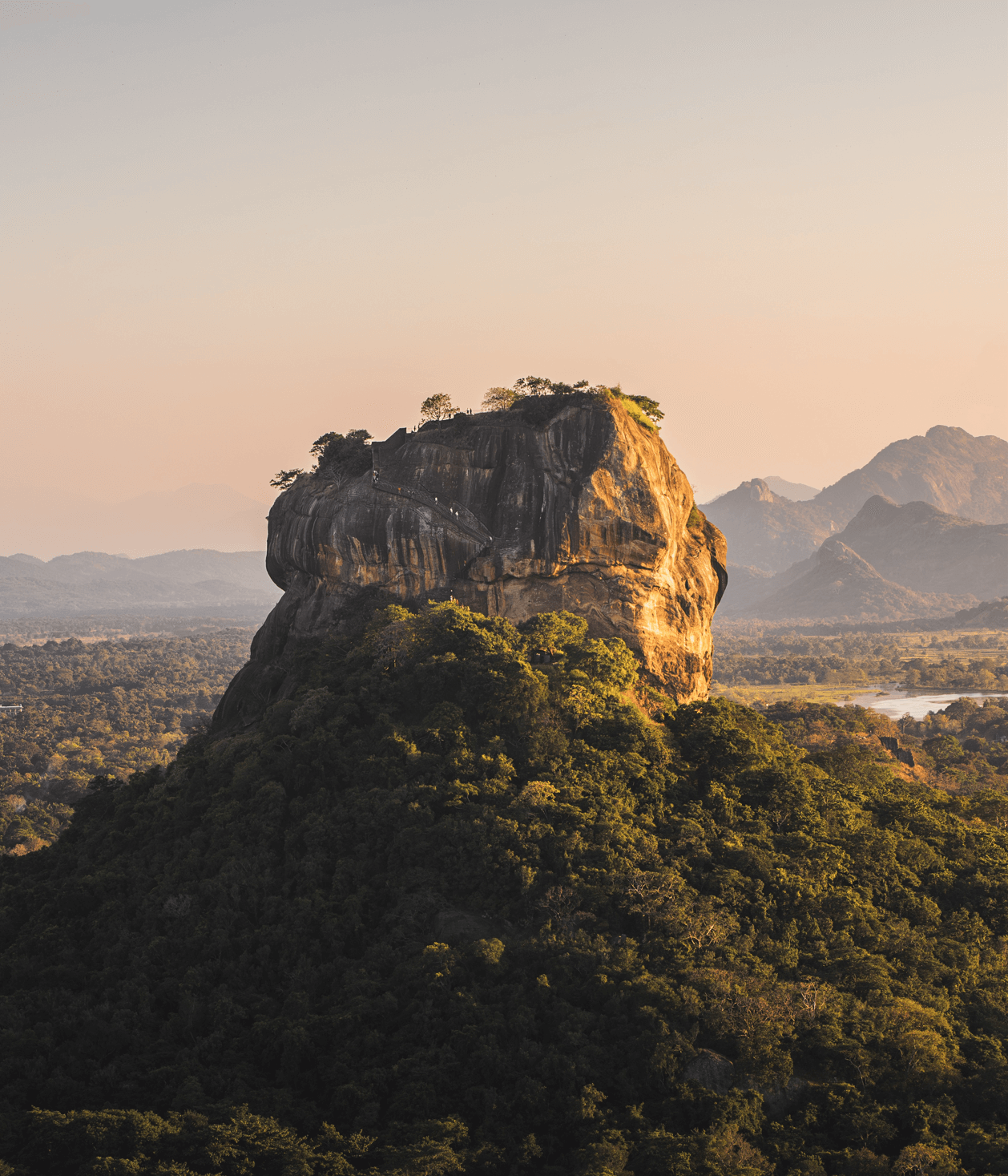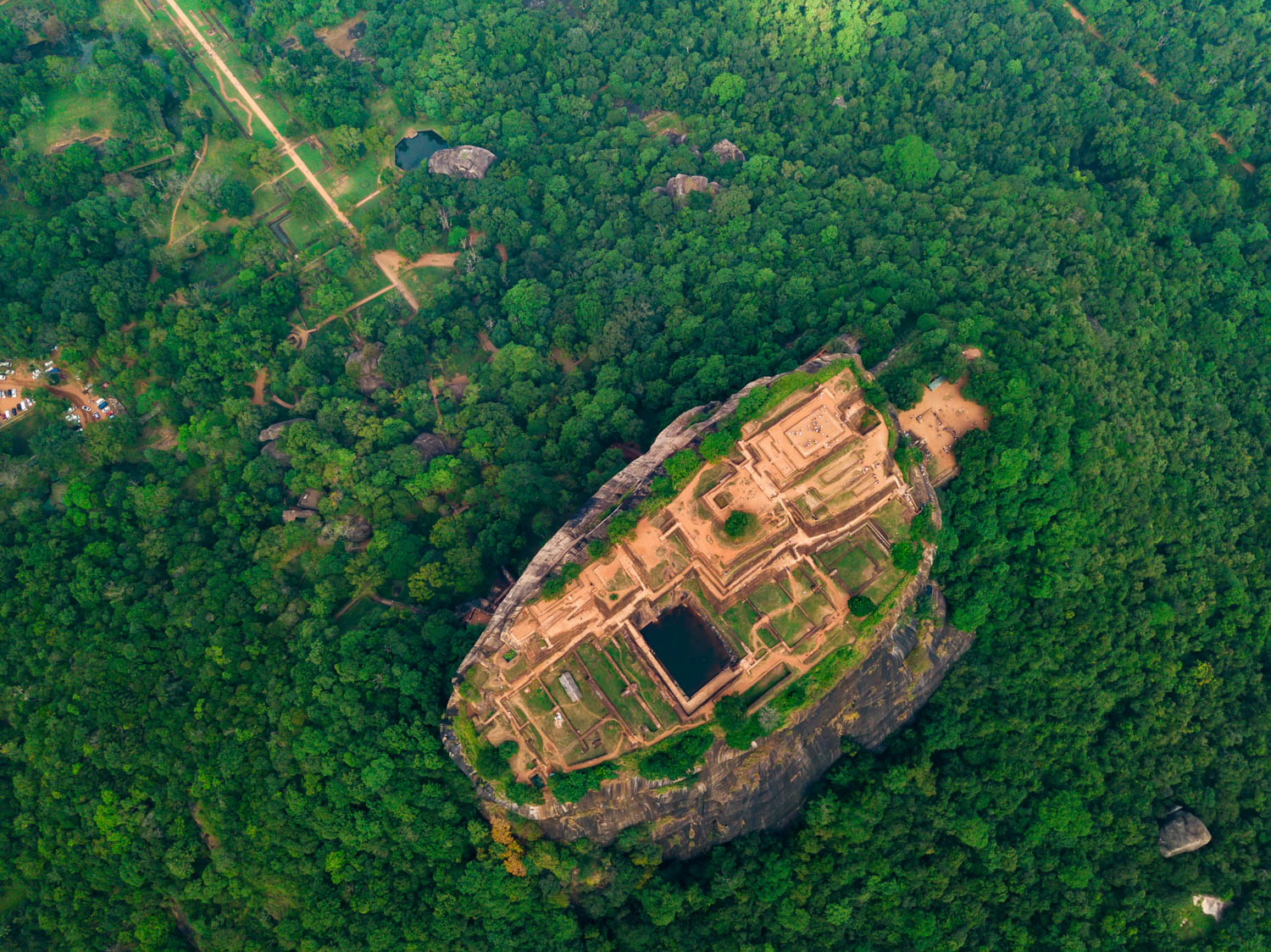
at a Glance.
Location
Central Province, Sri Lanka (Matale District)
Avg. Temp
22–32°C year-round
Best For
Culture seekers, spiritual travellers, history lovers, nature enthusiasts, family travellers
Type
Heritage city, cultural hub, sacred pilgrimage site
Known For
UNESCO World Heritage Site since 1991, Dambulla Cave Temple, five caves with intricate frescoes and Buddha statues, Golden Temple, jungle treks, bird watching, elephants gather season
Daily Spend
Budget $35 | Flex $80–120 | Luxe $200+
Getting there
160 km from Colombo via Bandaranaike International Airport; major hub on the cultural triangle route
Ideal Stay
1–2 days (often combined with Sigiriya or Kandy)
Highlights
Fun facts
Why Visit Dambulla?
Dambulla in Sri Lanka is a small city with a monumental cultural and spiritual legacy. Situated near the tranquil shores of Kandalama Lake, this destination offers an exceptional combination of sacred heritage and natural beauty.
At its heart lies the iconic Dambulla Cave Temple complex, a UNESCO World Heritage Site and one of the best-preserved cave temple complexes in South Asia. This site remains an active monastery and pilgrimage destination, where elephants gather seasonally in nearby national parks, adding to the area's natural allure.
For over 2,200 years, Dambulla has served as a functioning monastery and sacred pilgrimage site, making it one of Sri Lanka's most revered spiritual centers. Surrounded by lush jungles teeming with birdlife, the area invites travellers to enjoy jungle treks and bird watching, making it a haven for nature lovers.
Though the town of Dambulla itself is modest, its location within the Cultural Triangle — alongside the famed Sigiriya Rock Fortress, Anuradhapura, and Polonnaruwa — makes it a key cultural and historical hub. Visitors can explore ancient frescoes, marvel at Buddha statues carved directly into rock caves, or take a day trip to nearby Sigiriya, all while soaking in the region’s rich heritage and stunning natural vistas.
History & Cultural Significance
The Dambulla Cave Temple UNESCO World Heritage Site is not merely a historical monument but a living testament to Sri Lanka’s Buddhist heritage and artistry. Inhabited by forest-dwelling Buddhist monks since the 3rd century BCE, the site has been continuously preserved and expanded, making it one of the largest and most significant Buddhist complexes in South and Southeast Asia.
- The caves date back to the 1st century BCE, when King Valagamba sought refuge here during invasions.
- Over centuries, the caves were transformed into sacred temples adorned with over 150 Buddha statues and magnificent cave paintings.
- King Nissanka Malla in the 12th century further embellished the site, gilding 50 statues and commissioning additional artwork, enhancing the temple's grandeur.
- The murals cover an impressive 2,100 square meters, depicting the life of the Buddha, key events in Sri Lankan history, and stories from the Jataka tales.
- The complex includes five main caves, each with its own unique artistic and spiritual significance, forming a cohesive narrative through their frescoes and statues.
- The cave shrines were renovated and refurbished before assuming their present interior forms in the 18th century, featuring masterpieces of the Sri Lankan school of Kandy.
- The property remains under the ownership of the Asgiriya Chapter of Buddhist monks and is legally protected by the Department of Archaeology of Sri Lanka, ensuring its ongoing preservation.
Visiting Dambulla is like stepping into a living museum where history, art, and devotion converge, all set against the backdrop of Sri Lanka’s lush natural environment.
Photo by UGA Chena Huts

Photo by UGA Chena Huts

Where to Stay in Dambulla
Accommodation options in Dambulla cater to all budgets and preferences, from family-run guesthouses to luxury resorts offering superb facilities such as infinity pools, spas, and private balconies with panoramic lake views.
- Budget: Guesthouses and hostels from £11 to £35 per night, ideal for travellers seeking affordable comfort.
- Mid-range: Hotels in Dambulla town with swimming pools, gardens, and some with stunning lake views, priced between £60 and £120 per night.
- Luxury: Boutique eco-resorts and luxury hotels from £200 upwards, often located near Kandalama Reservoir, offering private suites and world-class amenities. Highly recommended options include the Jetwing Lake and other top hotels known for their superb preservation of natural surroundings and excellent guest facilities.
👉 Many travellers also choose to stay in Sigiriya, just 30 minutes away, for convenient access to both Sigiriya Rock and the Dambulla Cave Temple.
The Dambulla Cave Temple (Golden Temple Complex)
The centerpiece of Dambulla is the extensive cave temple network carved into a massive rock outcrop affectionately known as Lion Rock due to its shape. The ascent involves climbing approximately 350 steps, rewarding visitors with breathtaking panoramic views of the surrounding plains, the Kandalama Reservoir, and on clear days, the distant Sigiriya Rock Fortress.
Rock Temple of Dambulla
Also called the Dambulla Rock Temple Sri Lanka, this ancient complex houses five separate caves filled with intricate frescoes, over 150 Buddha statues, and shrines dedicated to various aspects of Buddhist worship. The cave interiors are masterpieces of 18th-century art, showcasing the Sri Lankan school of Kandy, and continue to serve as active places of worship and meditation.
The Golden Temple Dambulla
At the base of the rock stands the modern Golden Temple, marked by a towering 30-meter golden Buddha statue that welcomes pilgrims and visitors alike. This temple complex serves as the entry point to the UNESCO site and is a major pilgrimage destination in its own right. Visitors are reminded to respect the sacred nature of the site by covering their shoulders and knees and removing shoes and hats before entering the temple caves.
Frescoes & Cave Paintings
The cave paintings of Dambulla are among the oldest and most vibrant Buddhist murals in Sri Lanka. Rich reds, golds, and blacks illustrate the teachings of the Buddha and stories from the Jataka tales, offering a visual journey through Buddhist philosophy and Sri Lankan history. The deliberate arrangement of polychrome sculptures and murals inside the caves reflects the artistic mastery and religious devotion of ancient Sri Lanka.
Food & Dining in Dambulla
- Local Restaurants: Enjoy authentic Sri Lankan dishes such as rice & curry, kottu roti, fresh seafood, and tropical fruits.
- Street Food: Popular snacks include wade (fried lentil snacks) and hopper pancakes, perfect for a quick bite.
- Hotel Dining: Many hotels and resorts offer international buffets alongside local specialties, catering to diverse palates.
Best Time to Visit Dambulla
The ideal time to visit Dambulla is from January to April, when the weather is dry, and skies are clear — perfect for exploring temples and outdoor attractions.
- Jan–Apr: Peak season with the best weather but more crowds.
- May–Sep: Warm and dry, fewer tourists, excellent for jungle treks and bird watching.
- Oct–Nov: Monsoon season with heavy rains, less suitable for outdoor activities.
- Dec: Cooler temperatures with occasional showers, festive atmosphere.
👉 Pro Tip: Visit early in the morning or late afternoon to avoid crowds and midday heat, and to enjoy the best light for photography.
✨ Read our our month-by-month travel insights on best time to visit Sri Lanka for a a perfect getaway!
- January to March: This period is considered the best time to visit Dambulla due to low rainfall and pleasant temperatures. The dry weather is perfect for exploring outdoor sites like the Dambulla Cave Temple and nearby attractions such as Sigiriya Rock Fortress and Minneriya National Park.
- April to June: Temperatures rise during these months, reaching up to 32°C. While rainfall increases slightly, it remains manageable. This season is suitable for travellers who prefer fewer crowds and don’t mind some heat during their excursions.
- July to September: The weather stabilizes with moderate temperatures and low rainfall, making it an excellent time for combining visits to Dambulla with other Cultural Triangle destinations. Wildlife spotting, especially elephant gatherings in nearby parks, is also favorable during this period.
- October to November: These months bring the highest rainfall, with frequent heavy showers and occasional storms. Outdoor activities may be limited, but the lush greenery and fewer tourists can appeal to those seeking a quieter experience.
- December: The weather cools down slightly with moderate rainfall. Evenings can be cooler, providing a comfortable climate for night-time activities and temple visits.
How to Reach Dambulla
- From Colombo: Approximately 4.5–5 hours by car or bus (160 km), via Bandaranaike International Airport, Sri Lanka’s main international gateway.
- From Kandy: Around 2.5 hours by road (72 km).
- From Sigiriya: A quick 30-minute drive (19 km).
- Buses: Frequent and budget-friendly services connect Dambulla to major cities.
👉 Many travellers include Dambulla as a key stop on the Cultural Triangle tour, following the route: Kandy → Dambulla → Sigiriya → Polonnaruwa.
Photo by UGA Chena Huts

Photo by UGA Chena Huts
.jpeg)
Day-by-Day Unfolding
Day 1
DAY 2
DAY 3
DAY 4
Photo by UGA Chena Huts

Photo by UGA Chena Huts
.jpeg)
Top Attractions in and Around Dambulla
While the cave temple is the highlight, Dambulla attractions extend well beyond its sacred caves, offering a diverse range of cultural, historical, and natural experiences.
Minneriya National Park
Just a short drive from Dambulla, Minneriya National Park is famous for the annual gathering of large herds of wild elephants, particularly between May and October. Safaris here provide excellent opportunities to see elephants, deer, tropical birds, and other wildlife in their natural habitat.
Sigiriya Rock Fortress (Day Trip)
Located 19 km from Dambulla, the Sigiriya Rock Fortress is one of Sri Lanka’s most iconic landmarks. This 5th-century fortress offers stunning views and fascinating history, making it a popular day trip for visitors staying in Dambulla. Many travellers combine visits to both sites to fully experience the Cultural Triangle.
Dambulla Market & Local Life
The bustling Dambulla town market is one of Sri Lanka’s largest wholesale produce markets. Here, travellers can immerse themselves in local culture, sampling fresh fruits, spices, and traditional foods, while enjoying the vibrant atmosphere of daily life.
Other Nearby Sites
- Ironwood Forest (Namal Uyana): A sacred sanctuary featuring a pink quartz mountain, created in the 10th century.
- Ibbankatuwa Megalithic Tombs: An archaeological site dating back 3,000 years, offering insight into ancient burial practices.
- Kandalama Lake: Popular for bird watching and boat trips, this serene lake enhances the natural beauty of the region.
Practical Travel Tips for Dambulla
- Dress modestly by covering shoulders and knees when visiting temples.
- Bring water and wear comfortable shoes for the climb to the caves.
- Photography is generally allowed, but avoid using flash to protect the delicate frescoes.
- Early morning visits are best to avoid crowds and heat.
- Combine your visit with a day trip to Sigiriya for a comprehensive Cultural Triangle experience.
- Respect the spiritual atmosphere as monks conduct daily rituals within the cave temples.
Photo by UGA Chena Huts

Photo by UGA Chena Huts
.jpeg)
Got Questions? We Have Answers
The UNESCO-listed Dambulla Cave Temple Sri Lanka, featuring five caves with over 150 Buddha statues and ancient cave paintings.
Approximately $10 (USD) per adult; children under 12 enter free.
The Rock Temple comprises the ancient cave temples carved into the rock, while the Golden Temple is the modern monastery at the base with a towering golden Buddha statue.
About 19 km, roughly a 30-minute drive by car or tuk-tuk.
Between January and April, when the weather is dry and ideal for sightseeing.
Five main caves, each richly decorated with murals and Buddha statues.
Yes, with attractions suitable for all ages, including the Golden Buddha statue and nearby nature activities.
Plan Your Dambulla Trip with Sithiyam
At Sithiyam, we specialize in tailor-made Cultural Triangle tours covering Dambulla, Sigiriya, Polonnaruwa, and Anuradhapura. Whether you prefer a half-day excursion from Kandy or a full cultural immersion, we design itineraries to suit your interests and travel style.
👉 Contact us today to start planning your unforgettable Dambulla journey.
Conclusion
From its UNESCO Cave Temples and the majestic Golden Temple to the bustling local markets and proximity to the Sigiriya Rock Fortress, Dambulla in Sri Lanka is a cultural and spiritual treasure that no traveller should miss. Rich in history, art, and natural beauty, the city offers an immersive experience into Sri Lanka’s Buddhist heritage.
Surrounded by the serene waters of Kandalama Lake and lush jungles where wildlife abounds, Dambulla perfectly blends culture, nature, and tranquility. Plan your visit with Sithiyam for a seamless and enriching journey through one of Sri Lanka’s most treasured destinations.
Read More.
Like &
Share.
Like our content? Explore more topics on Sri Lanka and its wonders

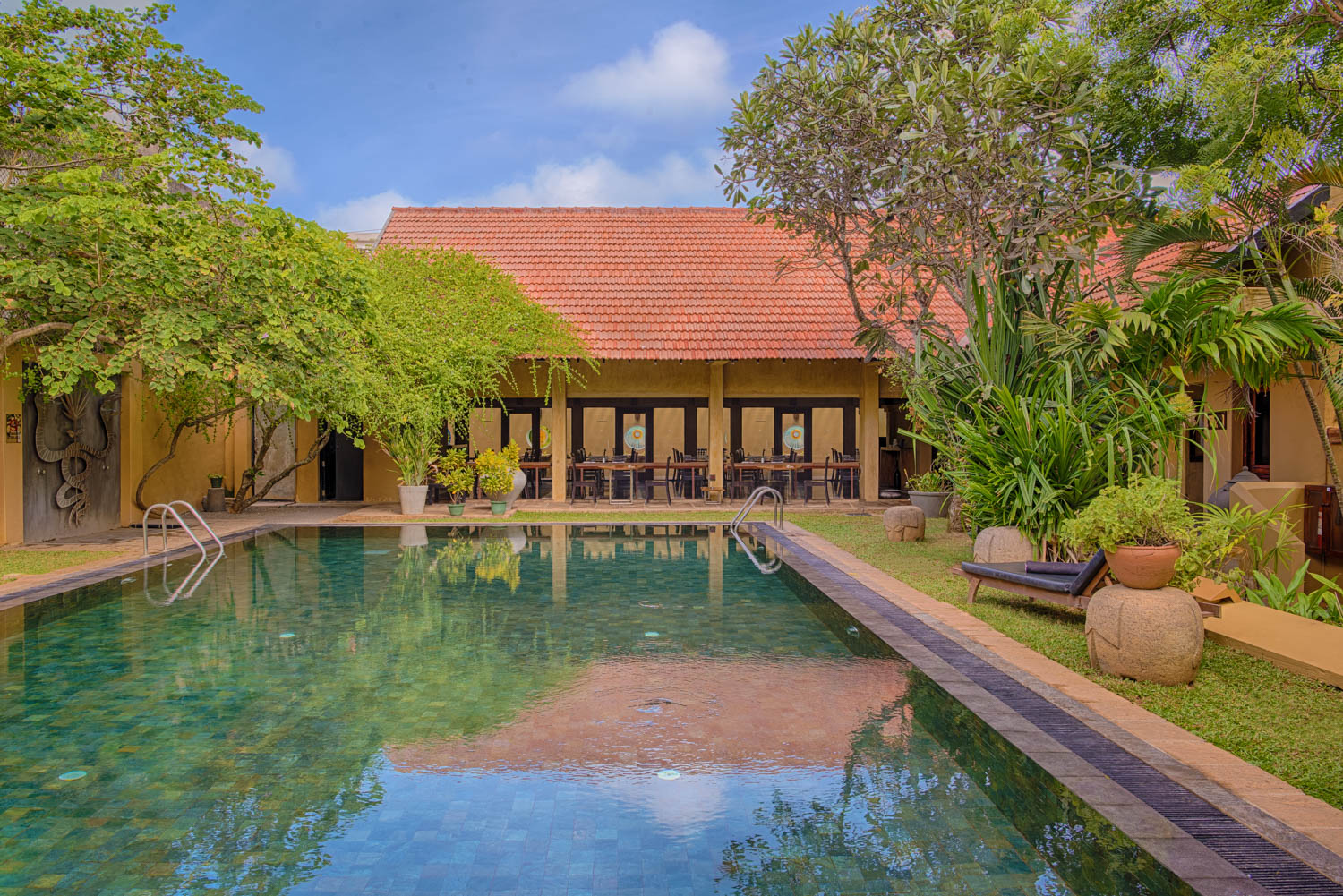
.jpg)
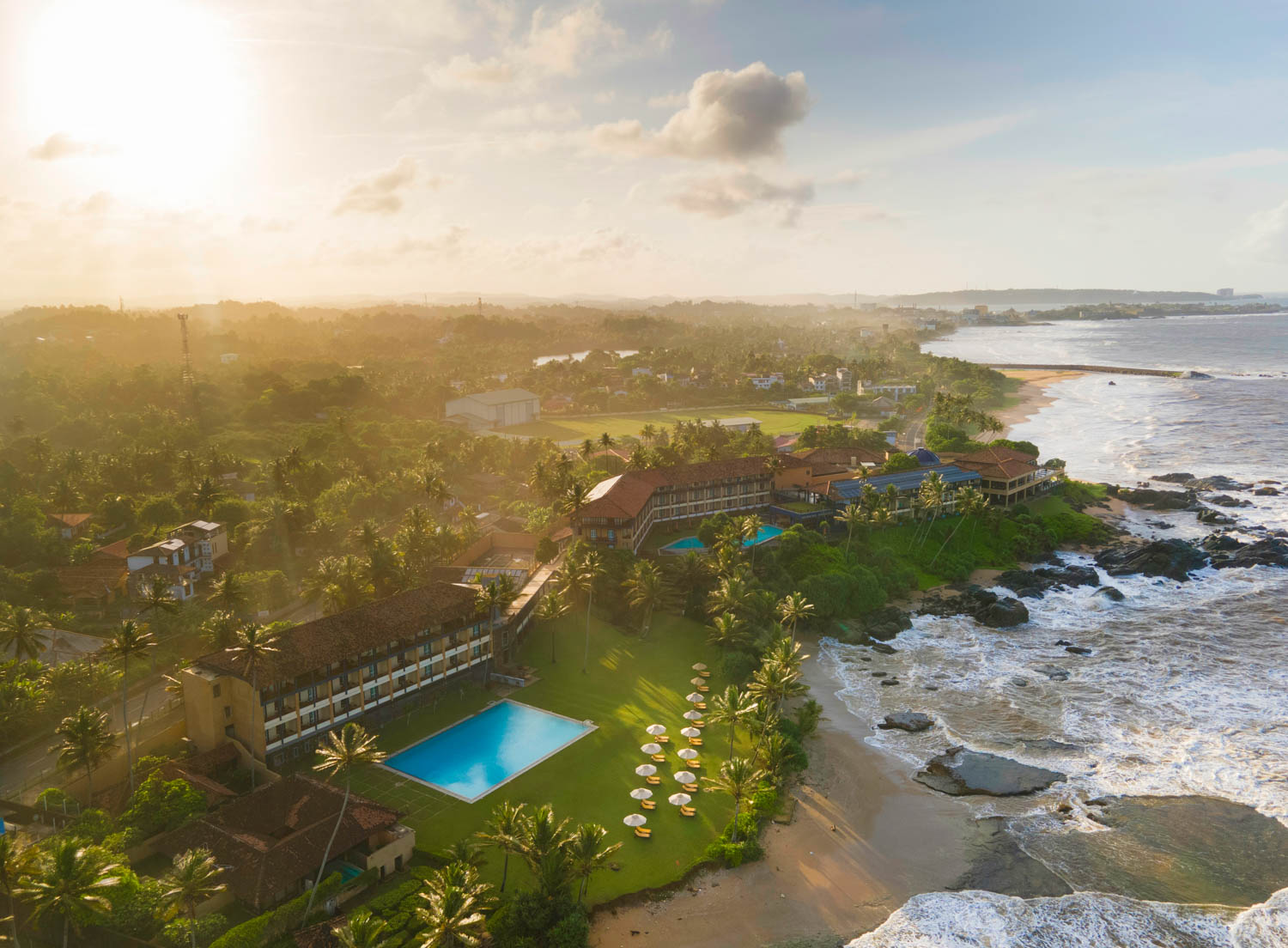
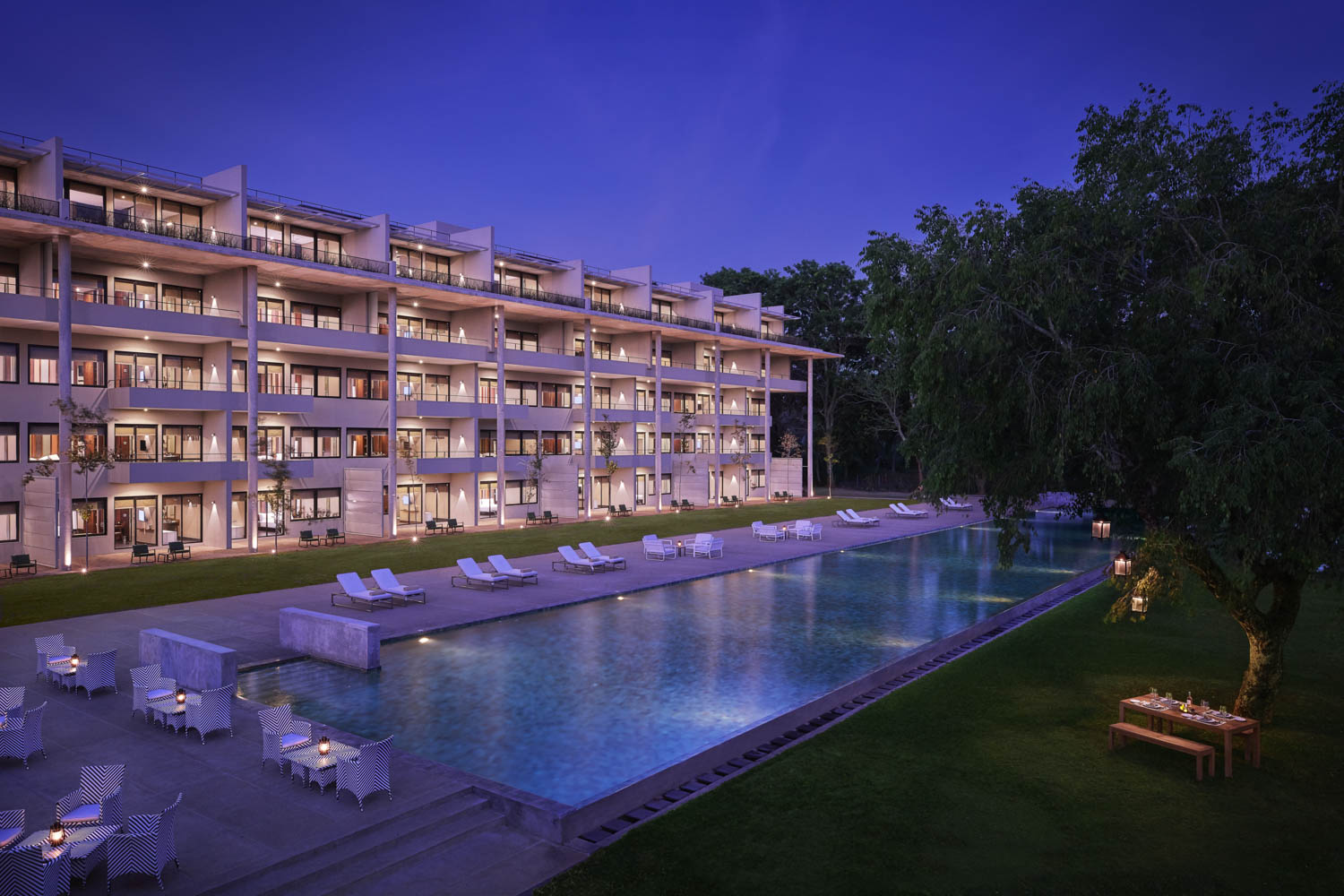
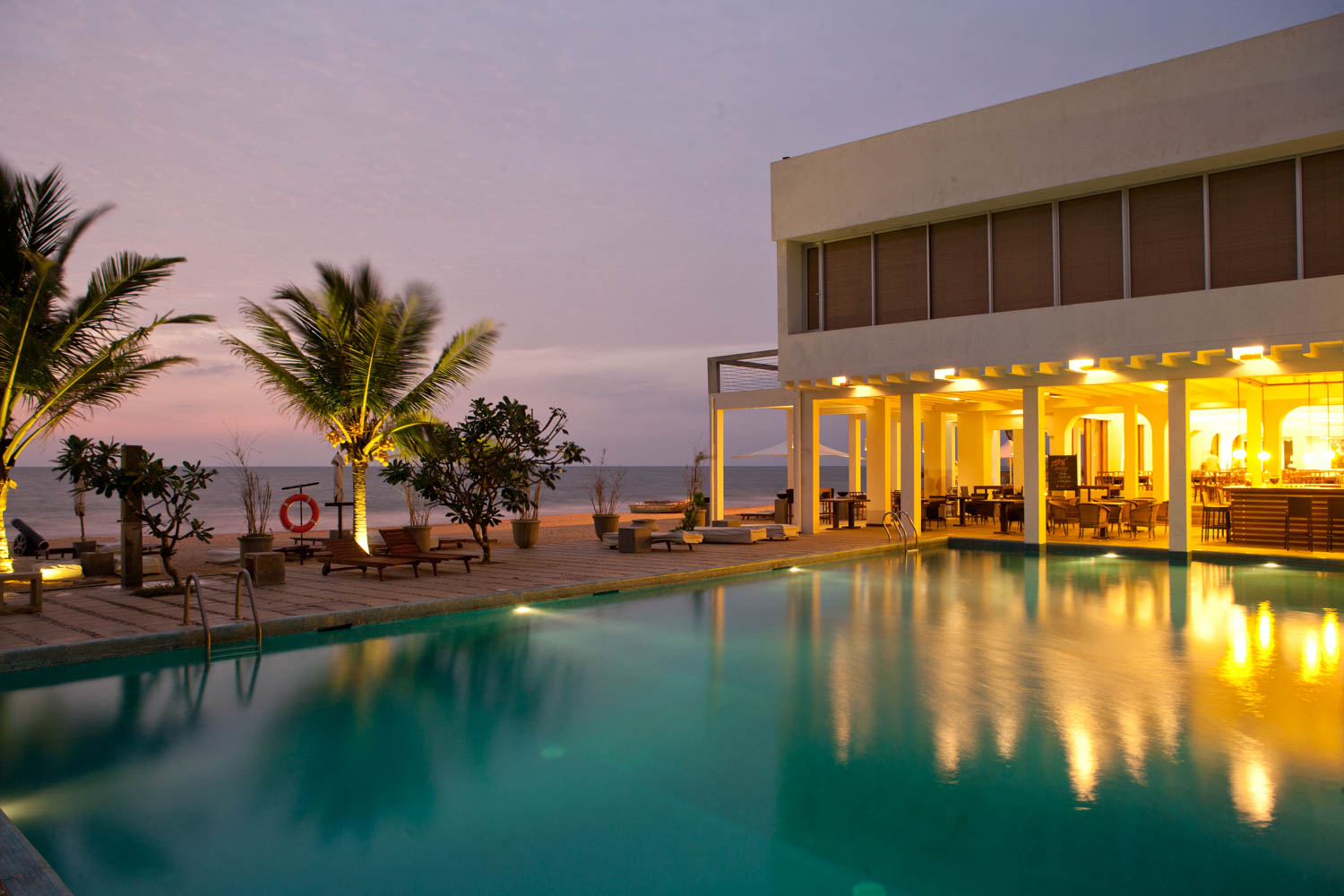

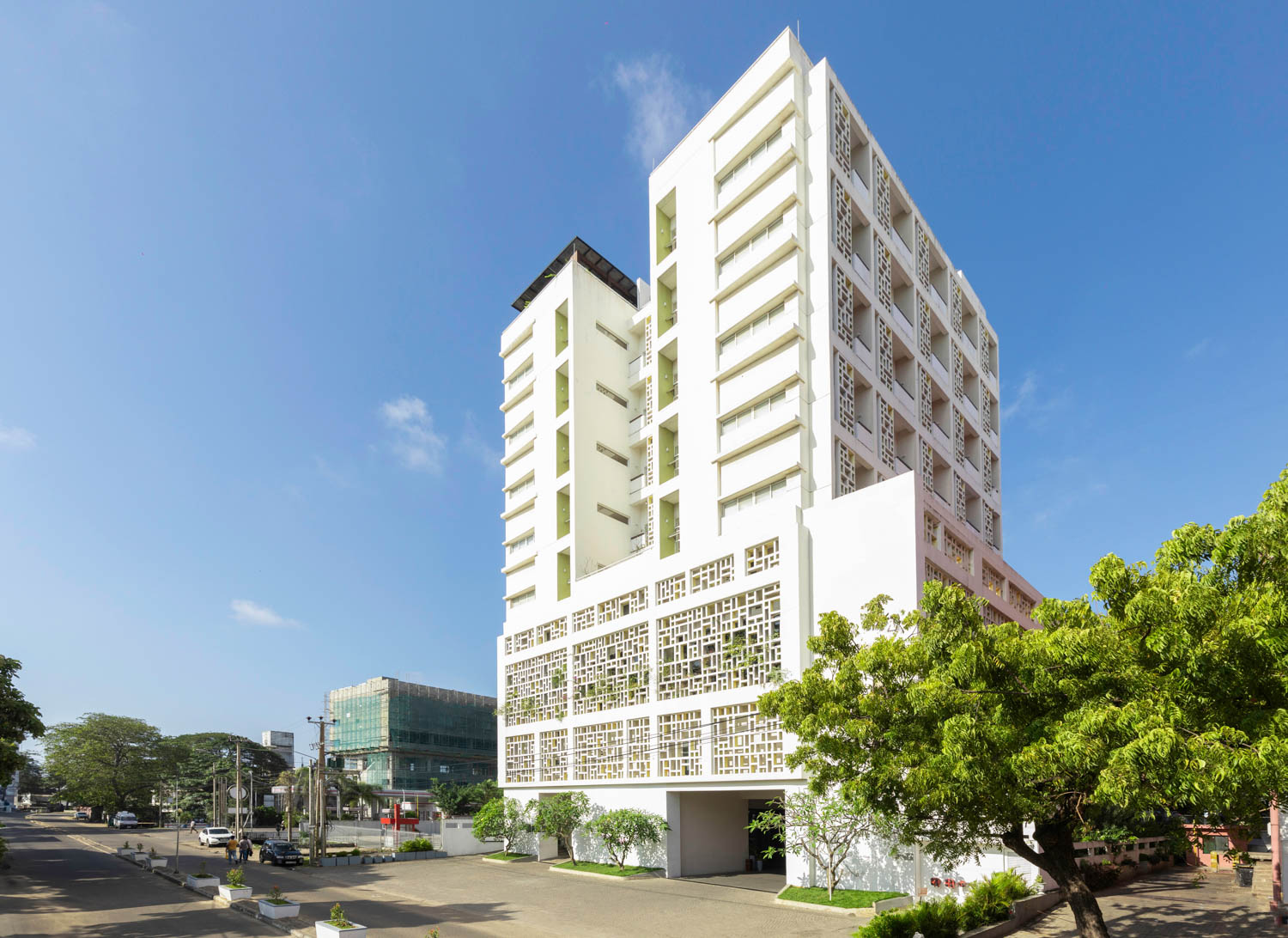
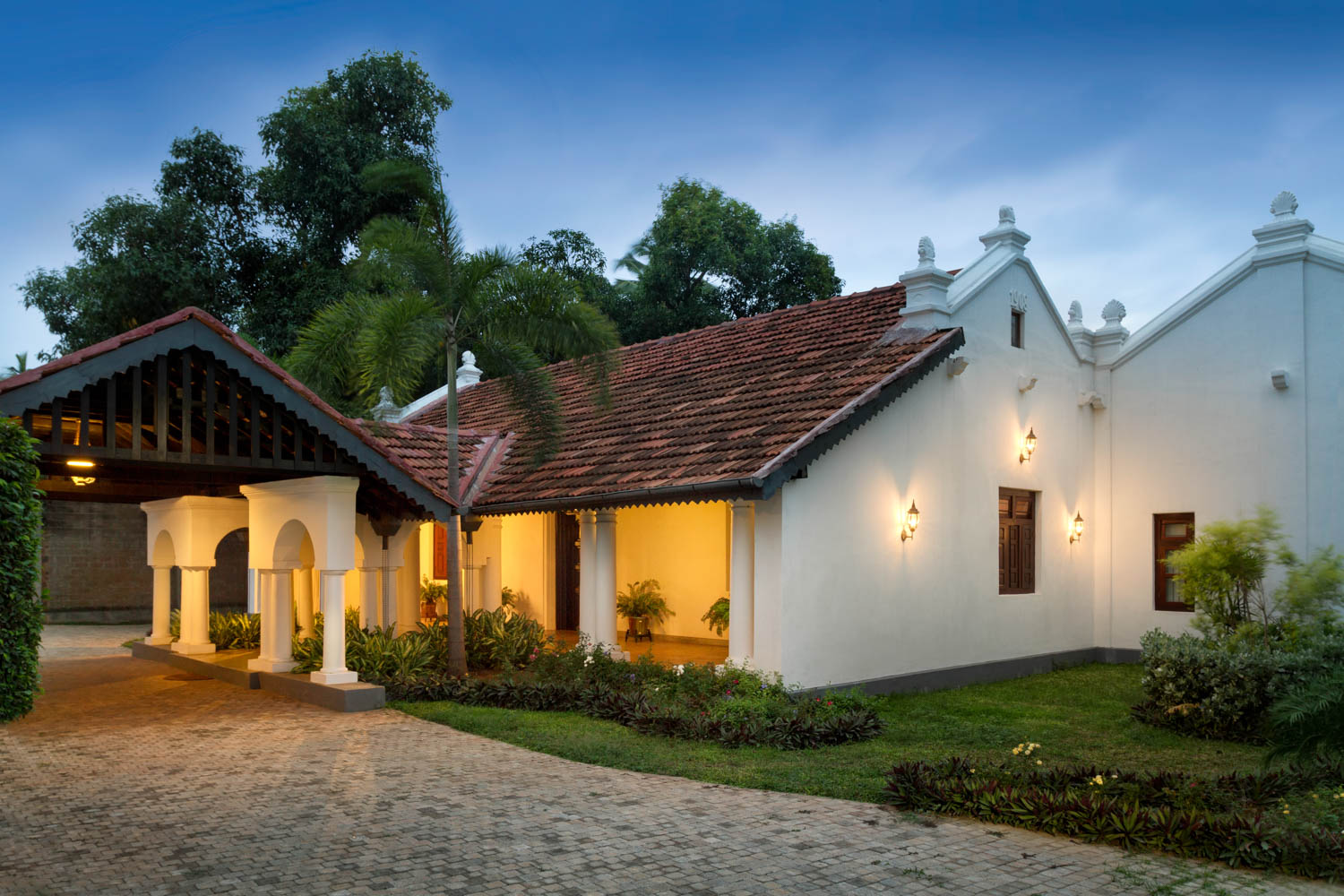
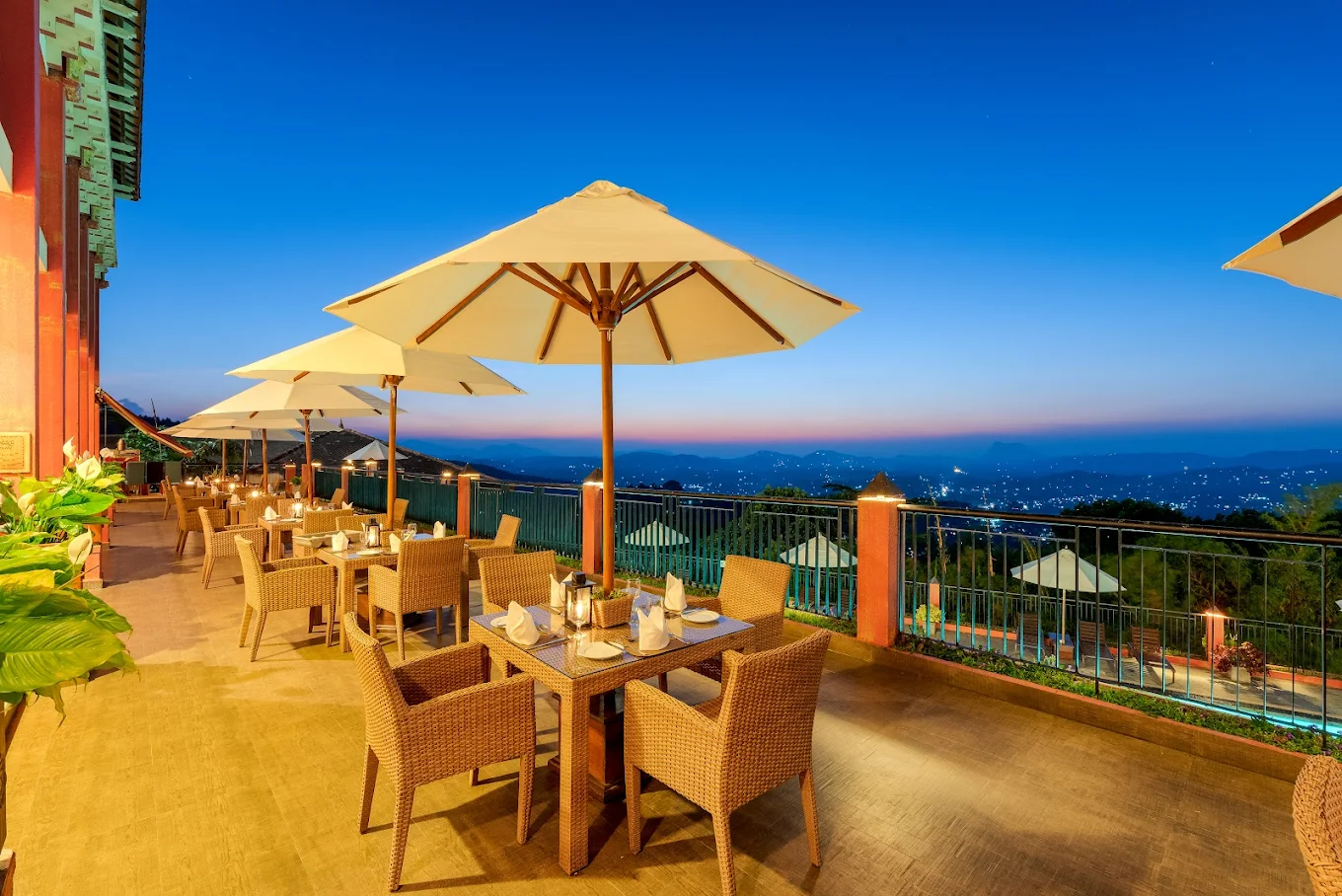
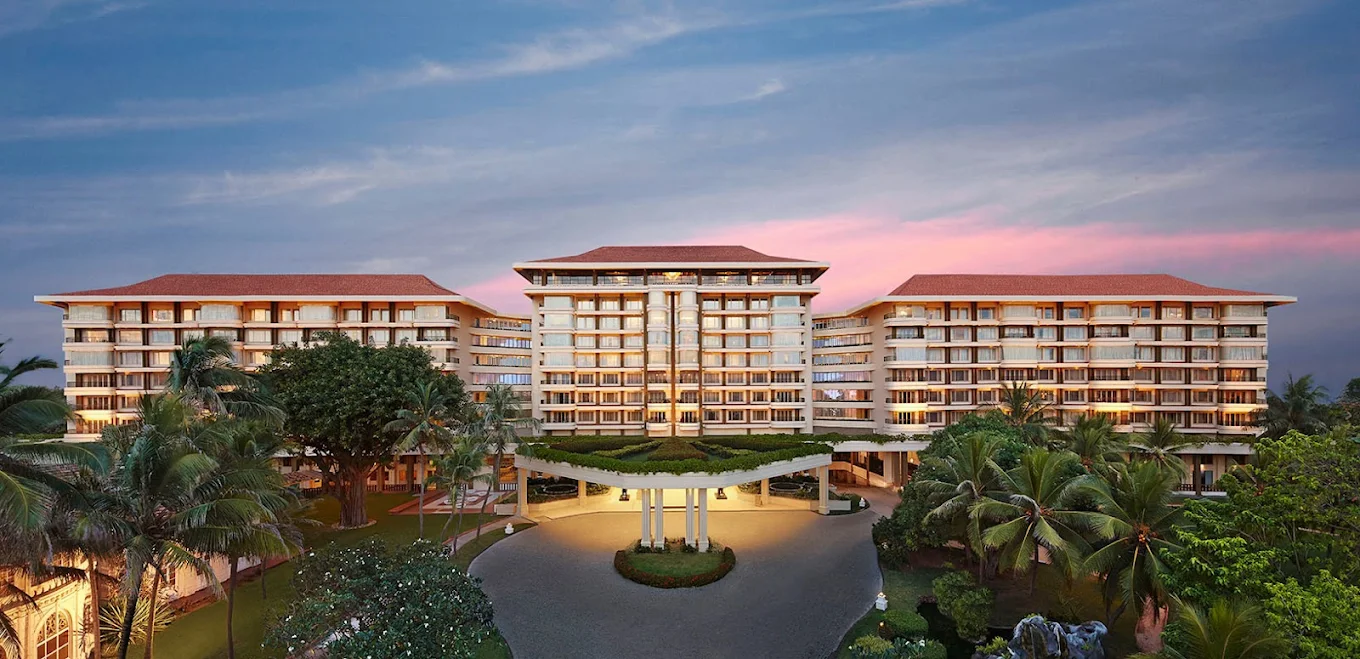

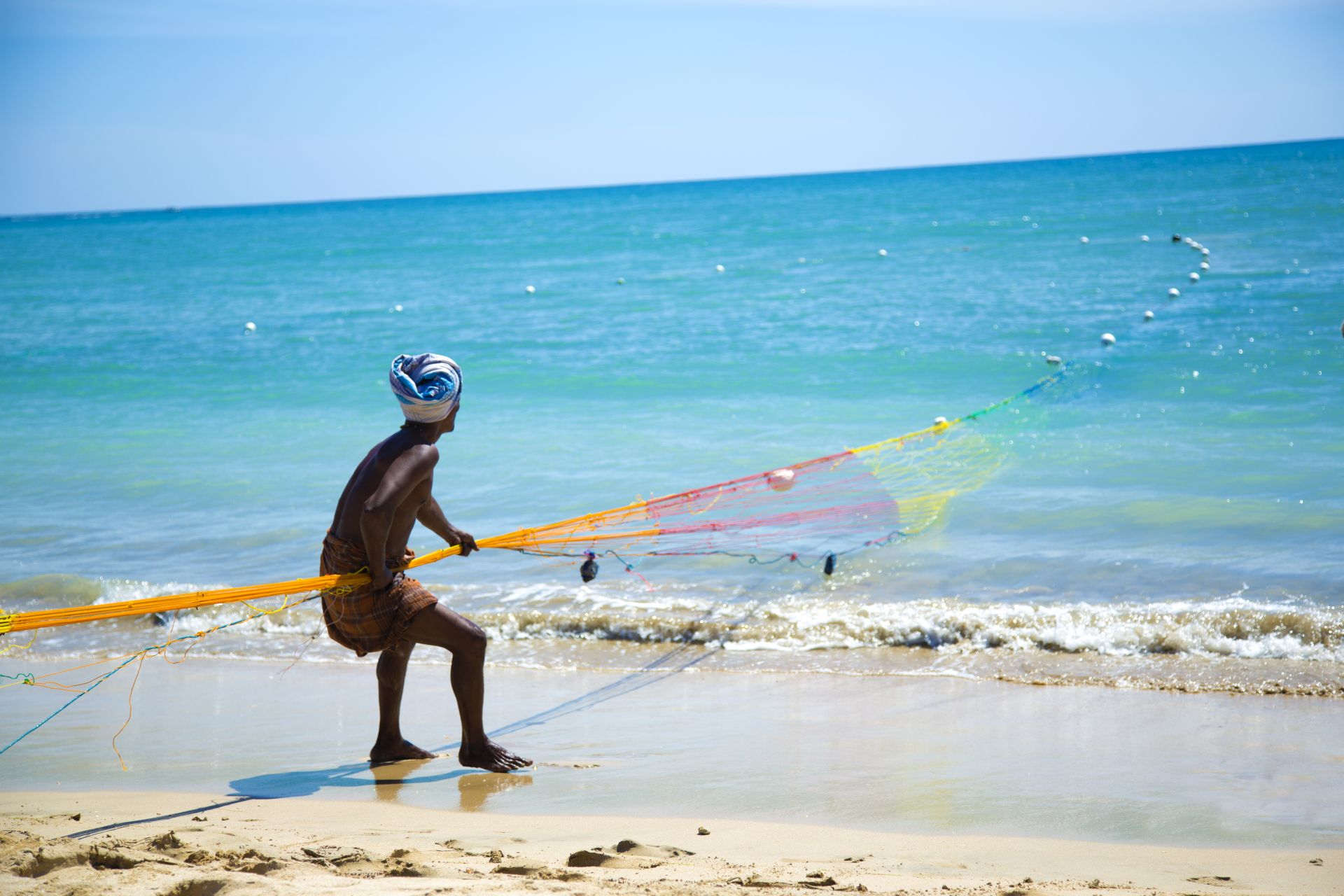

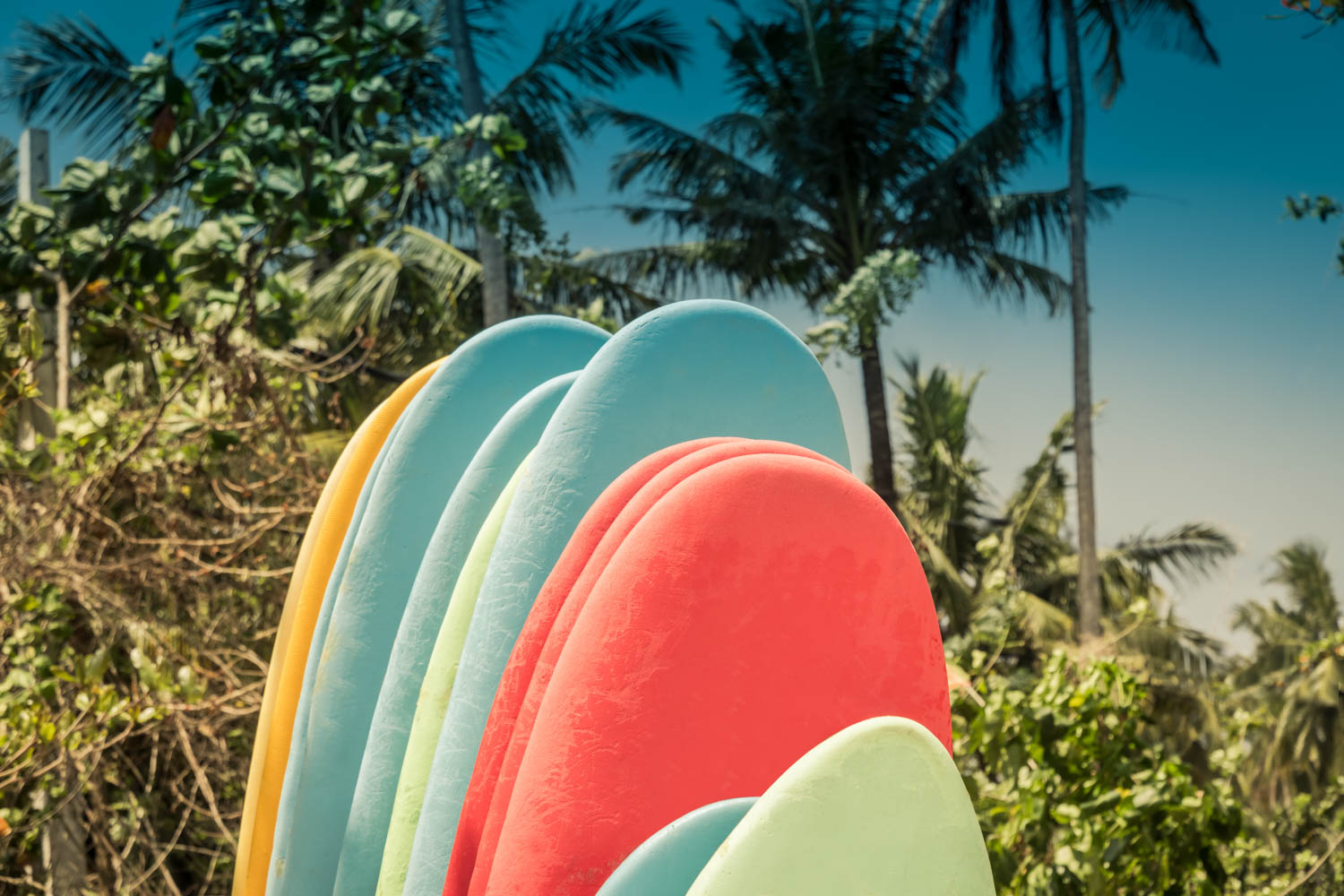
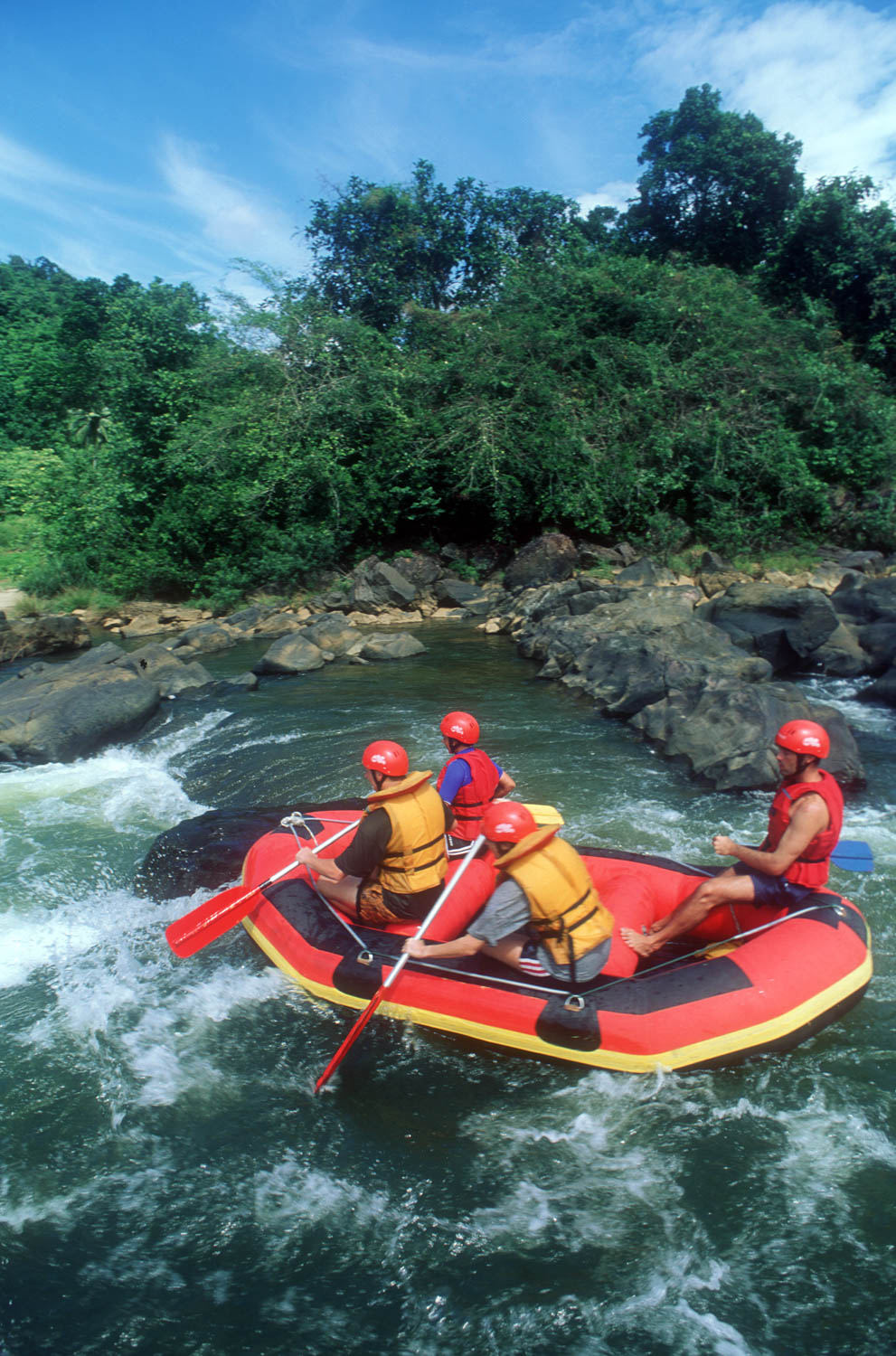
.jpg)
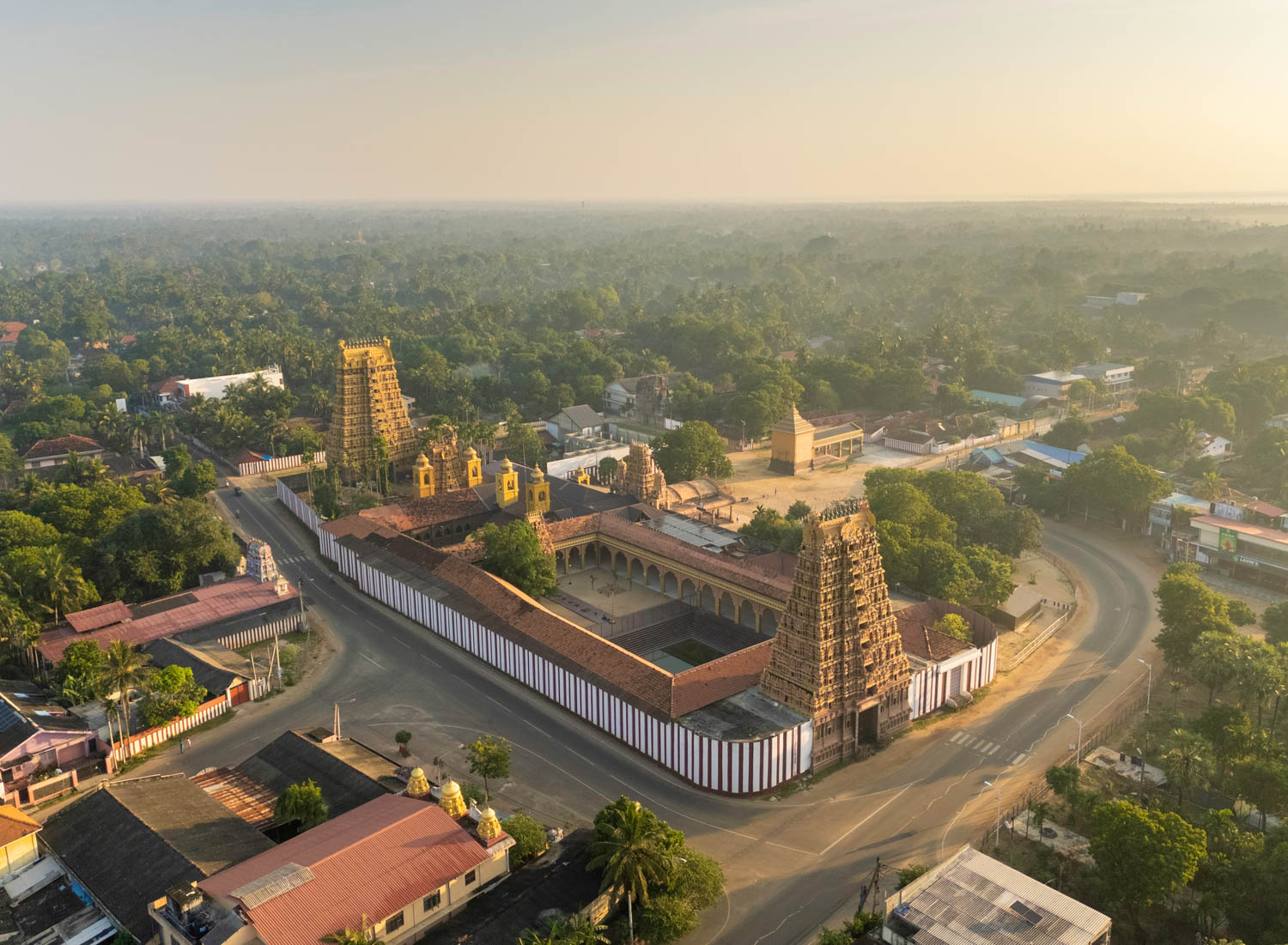
.jpeg)
-2.jpg)
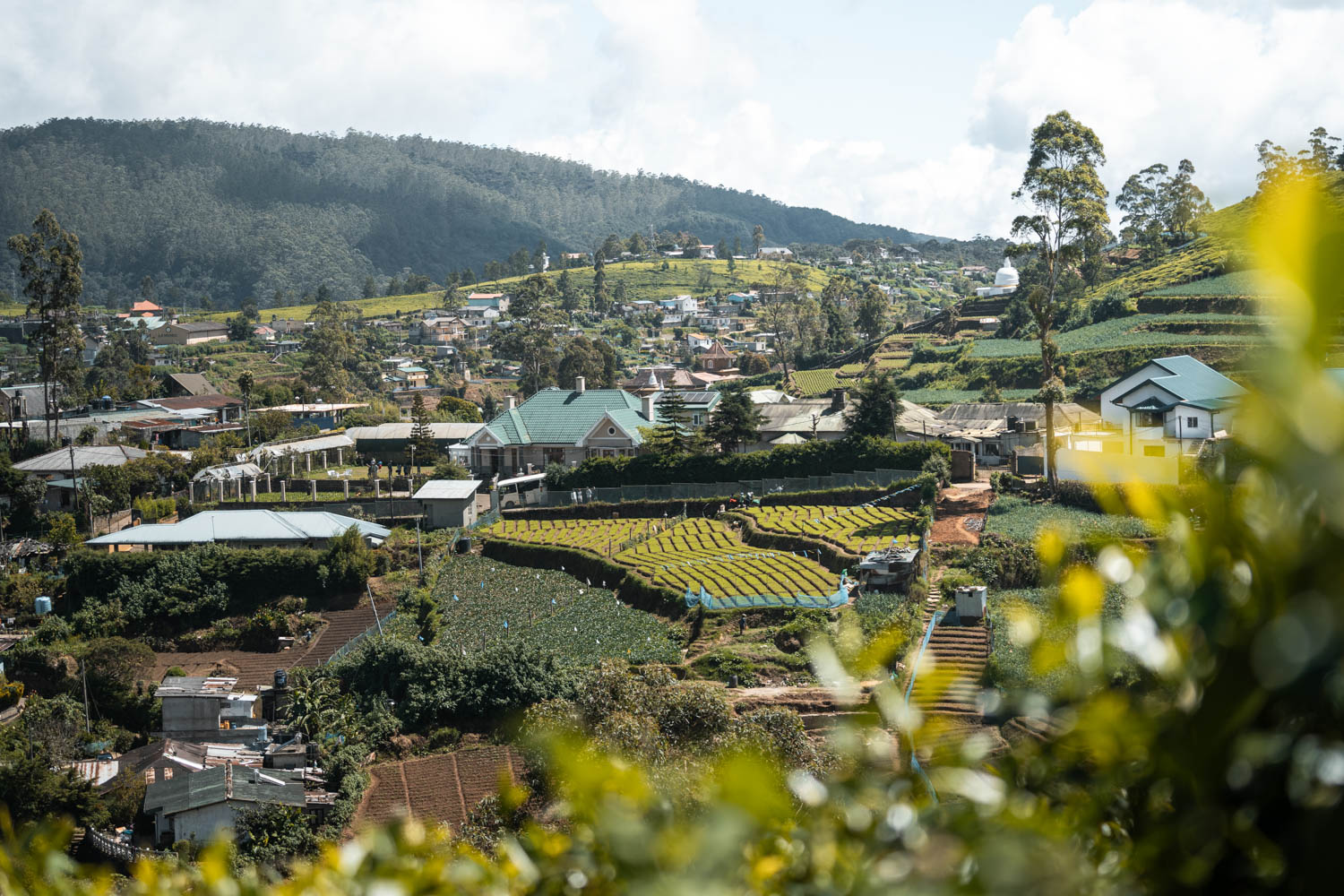
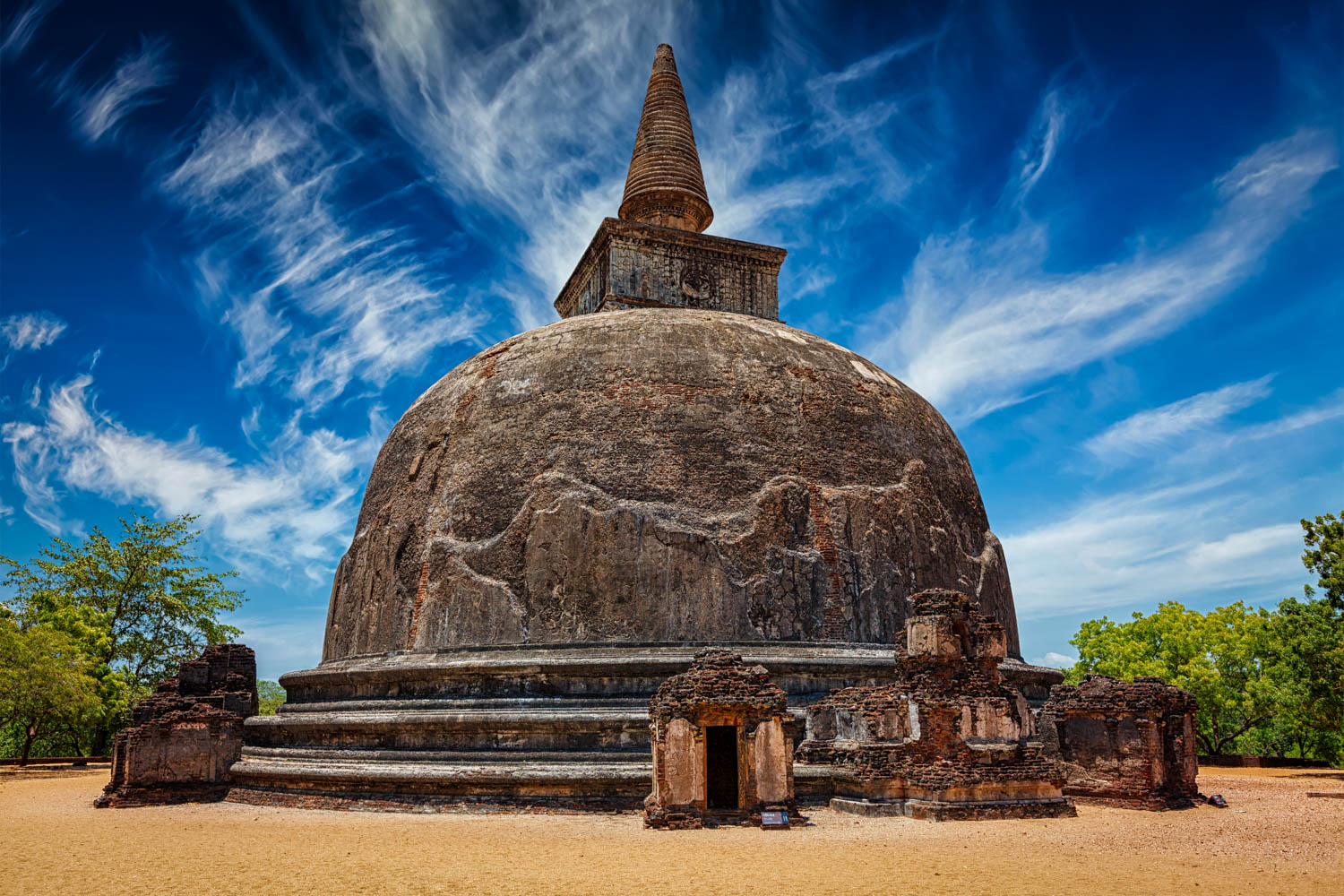
.jpeg)
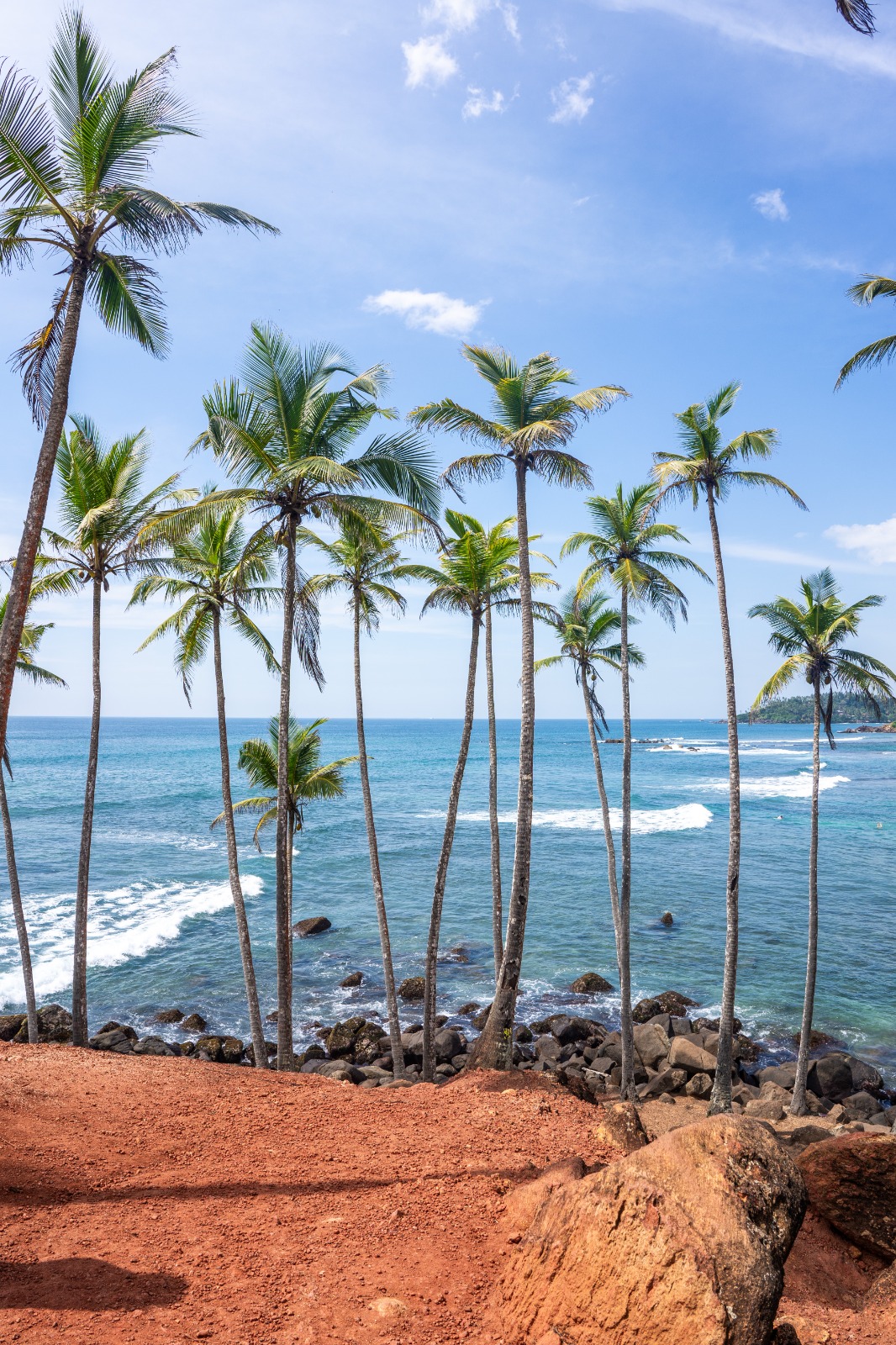
%201.jpg)
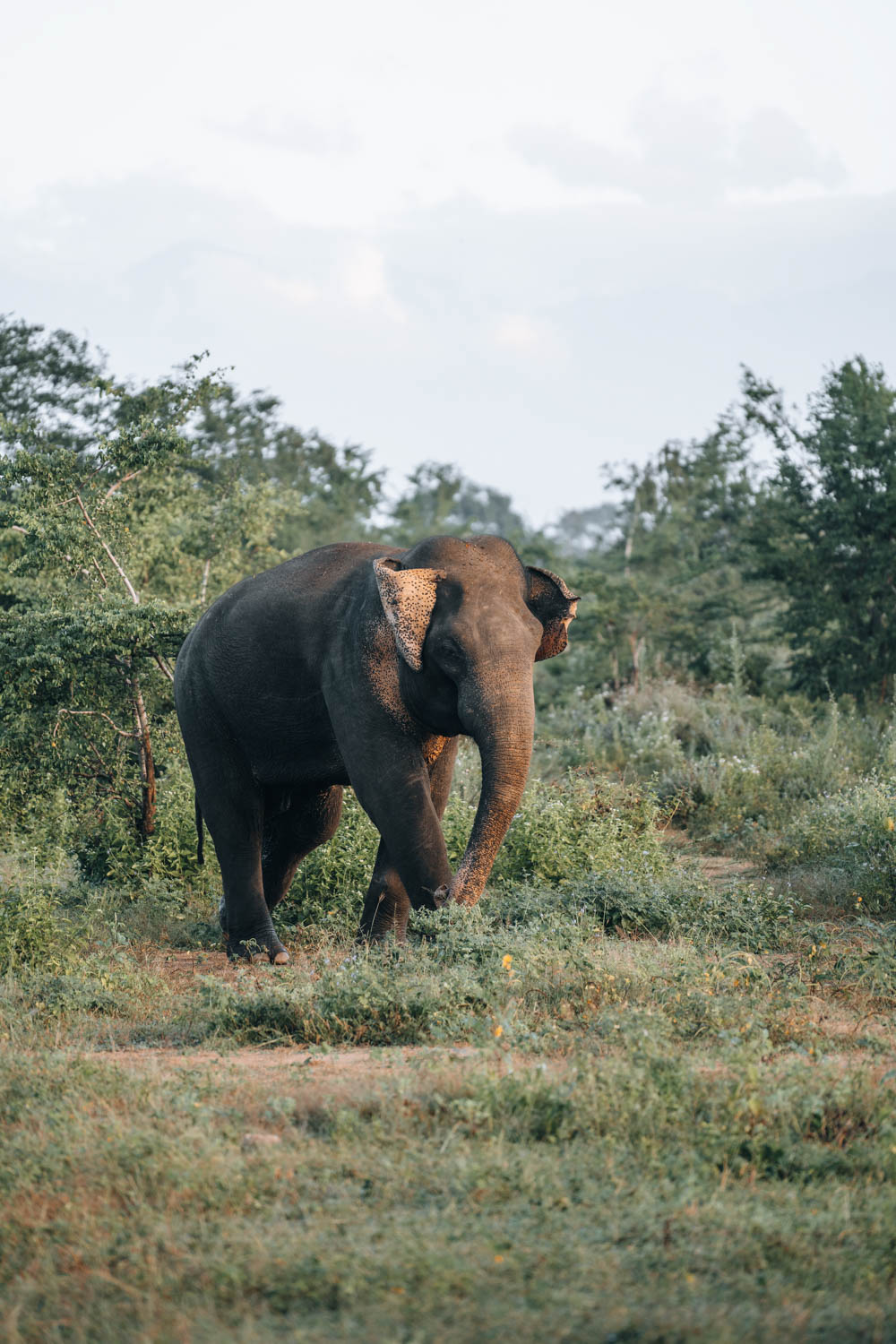
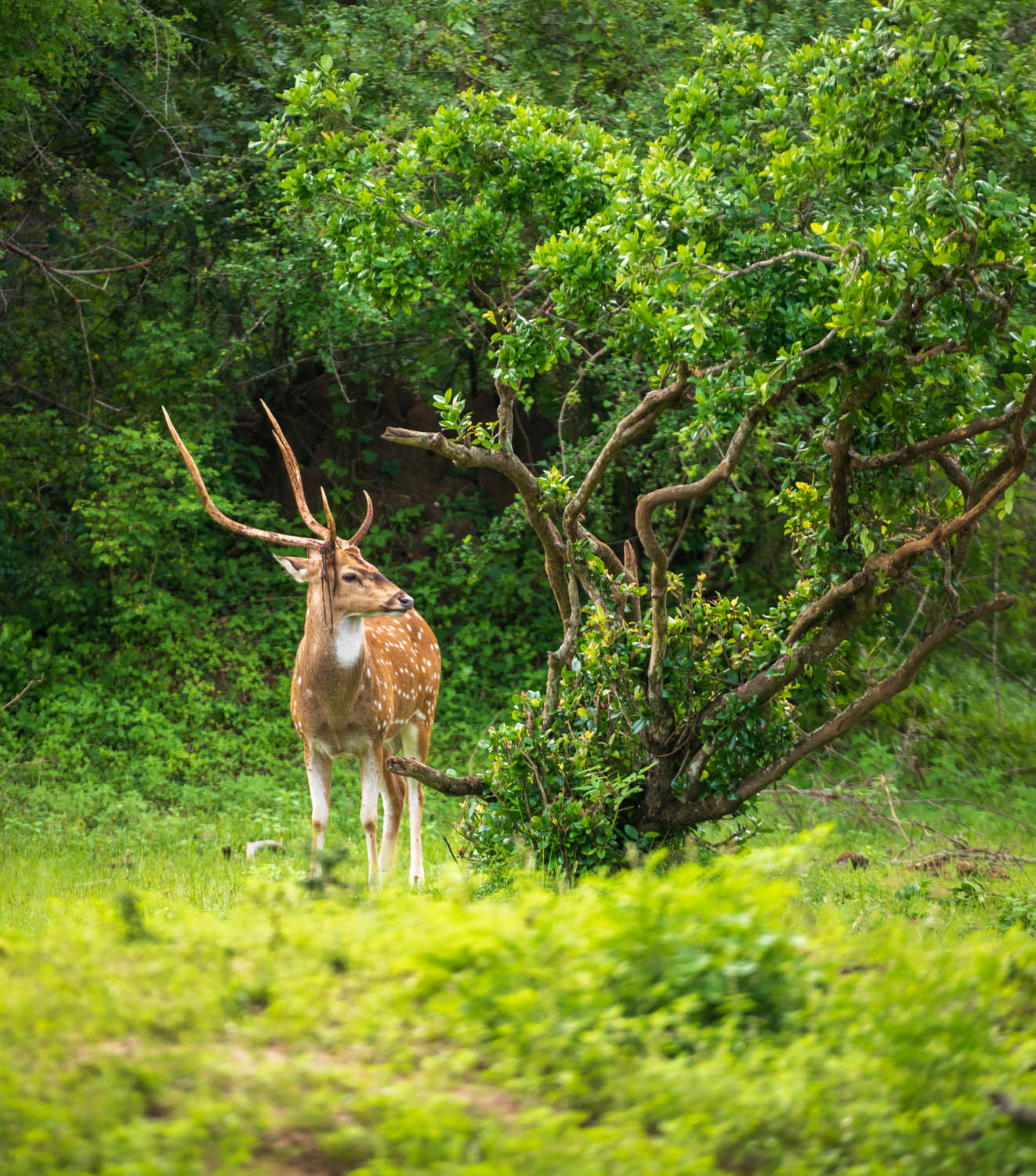
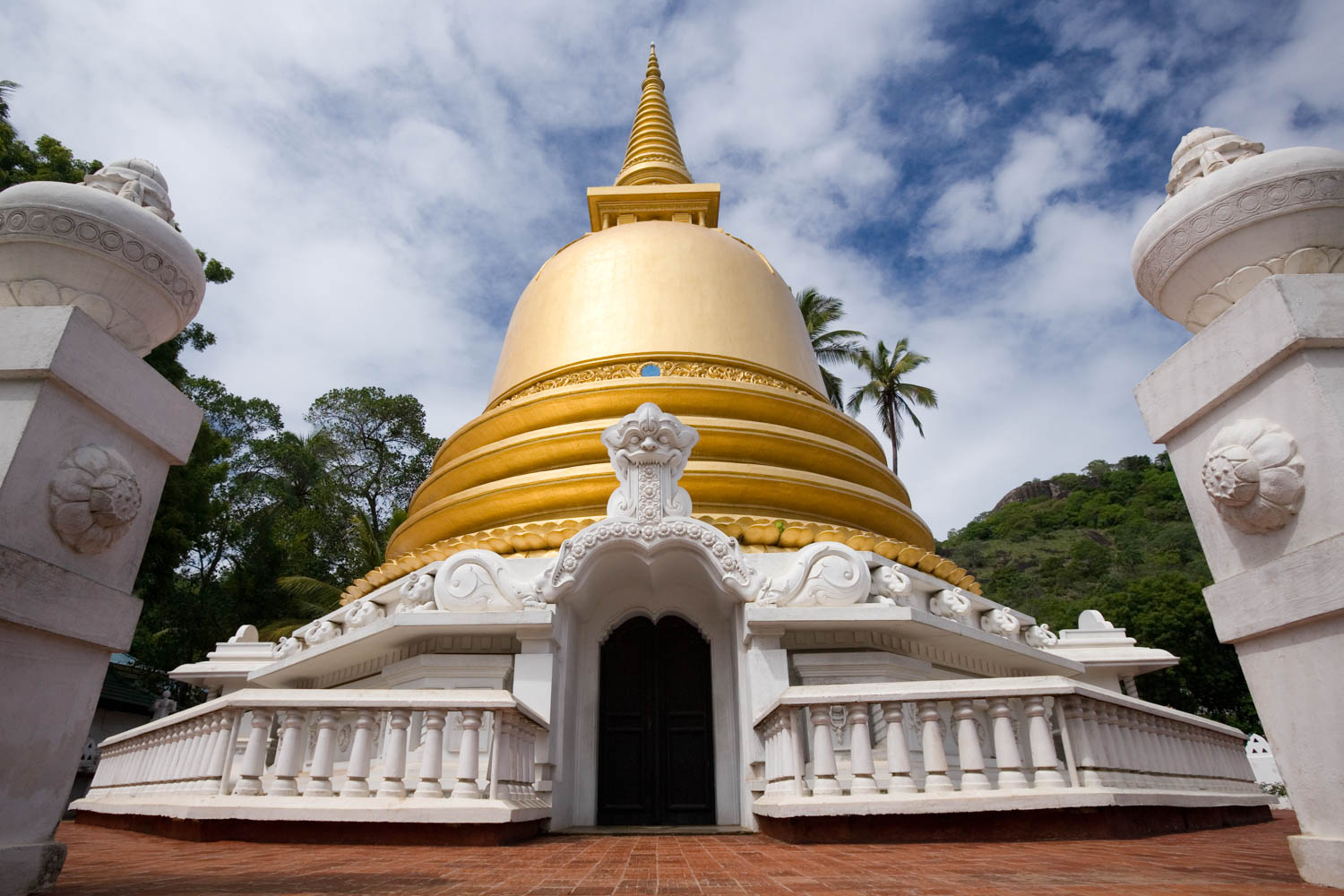
.jpeg)
.jpeg)
